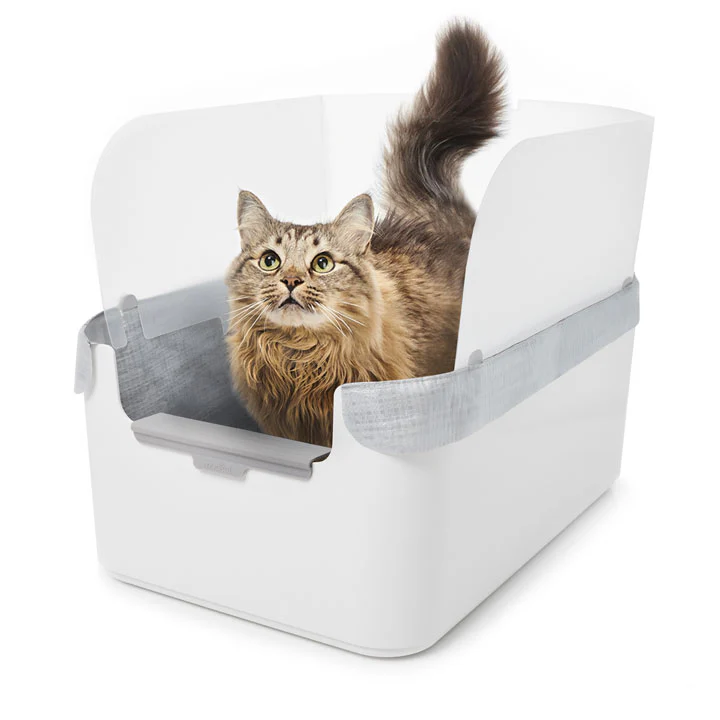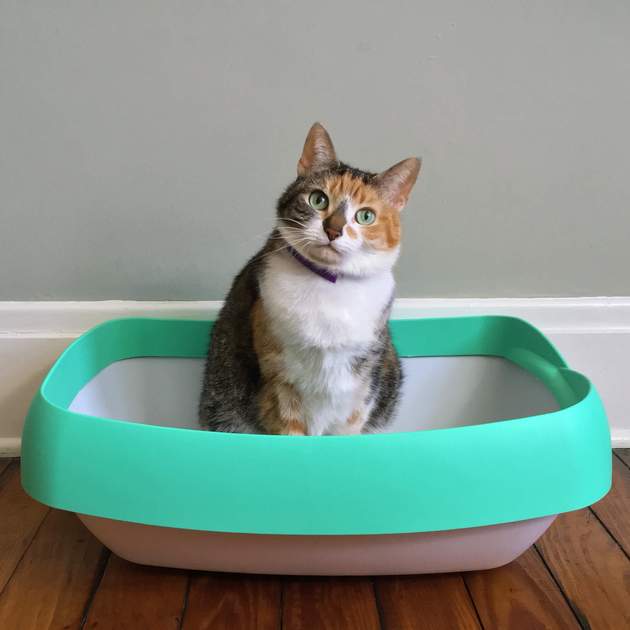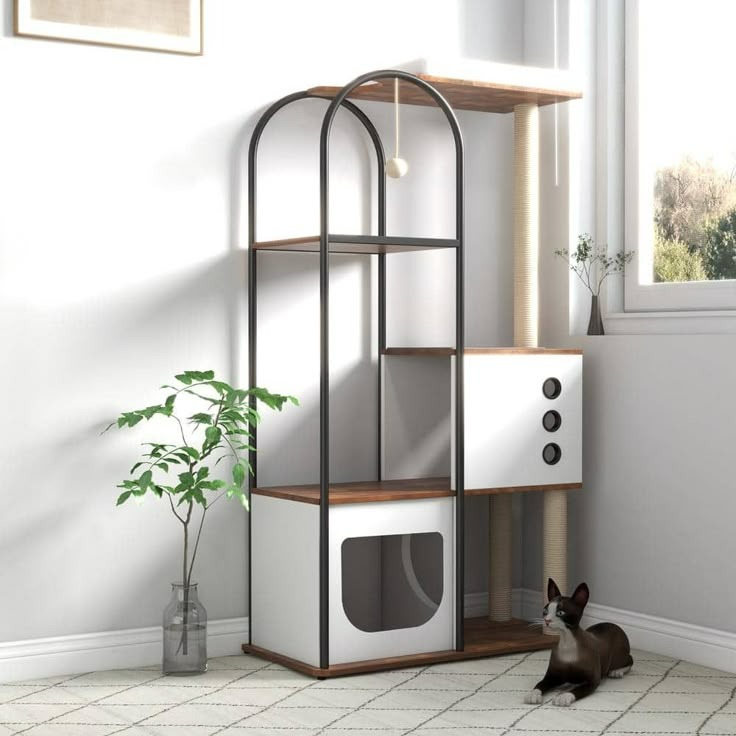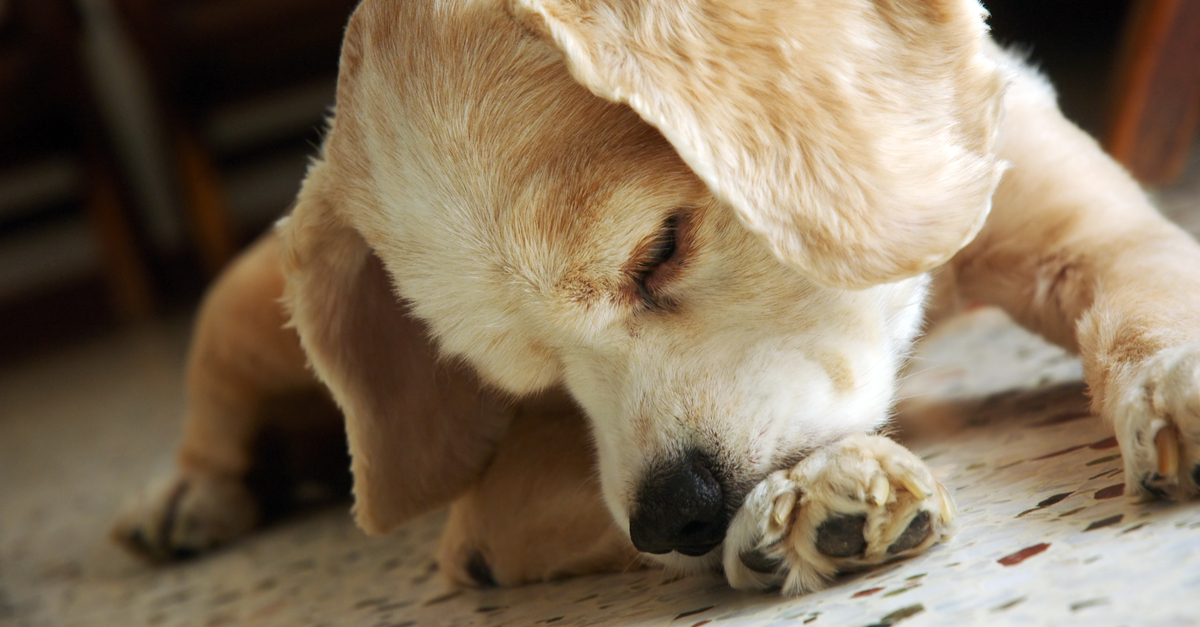I. Introduction
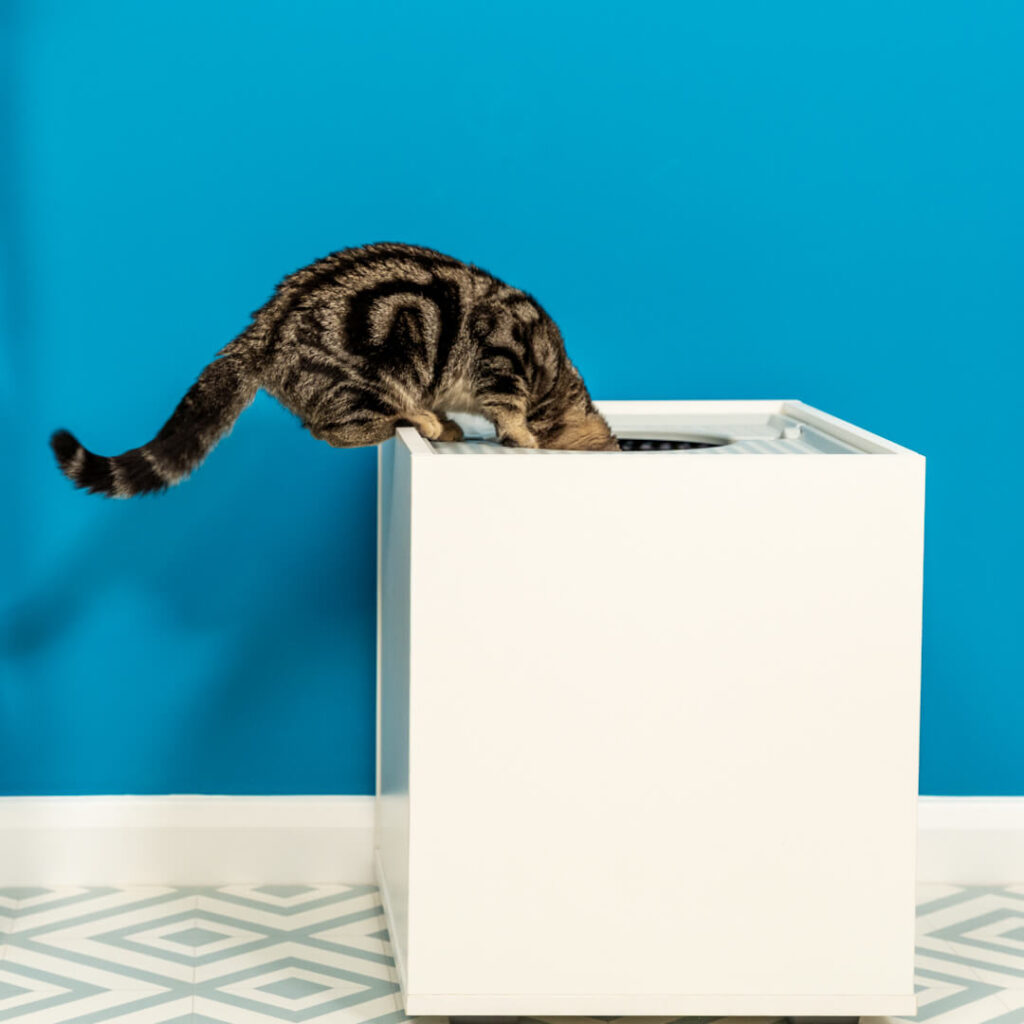
a. Importance of addressing litter box issues
Why does cat poop outside litter box?
Litter box issues are a common and often overlooked problem for many cat owners. However, addressing these issues is crucial for the comfort and well-being of both the cat and the owner. Ignoring litter box problems can lead to stress for both the cat and the owner, as well as potential health issues for the cat.
b. Impact on the cat’s health and behavior
When a cat experiences litter box issues, it can have a significant impact on their physical and mental health. Cats may become stressed and anxious, leading to behavioral issues such as aggression or withdrawal. Additionally, a dirty or inappropriate litter box can lead to health problems such as urinary tract infections or constipation.
c. Common misconceptions about litter box problems
There are many misconceptions about litter box problems, including the belief that a cat is simply being difficult or stubborn. However, in many cases, litter box issues are a sign of an underlying health problem or environmental stress. It’s important for cat owners to understand the root cause of the problem in order to effectively address it.
II. Physical Health Issues
a. Medical conditions that may lead to inappropriate elimination
There are several medical conditions that can cause a cat to have litter box issues. These include urinary tract infections, bladder stones, constipation, and arthritis. Additionally, older cats may experience litter box issues due to age-related mobility issues or cognitive decline.
b. Signs to look for if the cat is experiencing health issues
It’s important for cat owners to be aware of the signs that may indicate their cat is experiencing health issues. These signs can include frequent urination, straining in the litter box, blood in the urine, or changes in the cat’s grooming habits. Additionally, a cat that is experiencing pain or discomfort may vocalize more than usual or be hesitant to use the litter box.
c. Steps to take if health issues are suspected
If a cat owner suspects that their cat is experiencing health issues, it’s important to seek veterinary care as soon as possible. The veterinarian can perform a physical exam and run diagnostic tests to determine the root cause of the cat’s litter box issues. Once a diagnosis is made, the veterinarian can develop a treatment plan to address the cat’s health issues.
III. Psychological and Behavioral Factors
Stress and anxiety are common reasons why cats may avoid using the litter box. Cats are creatures of habit and can become stressed by changes in their environment, such as moving to a new home, experiencing loud noises, or being around unfamiliar animals or people. These stressors can lead to avoidance of the litter box as a way for the cat to communicate their distress.
b. Environmental factors that may contribute to inappropriate elimination
Environmental factors such as the type of litter, cleanliness of the box, and the location of the litter box can all contribute to inappropriate elimination. Cats may be picky about the type of litter they prefer, and if the box is not kept clean, they may refuse to use it. Additionally, if the litter box is in a high-traffic or noisy area, the cat may feel vulnerable and choose to eliminate elsewhere.
c. Behavioral modifications and environmental enrichment to address psychological issues
To address psychological issues contributing to litter box problems, it’s important to provide a comfortable and enriched environment for the cat. This can include providing hiding spots, vertical spaces for climbing, interactive toys, and regular playtime to reduce stress and anxiety. Additionally, behavioral modifications such as positive reinforcement training and creating a consistent routine can help alleviate psychological issues that may be leading to litter box problems.
IV. Litter Box Preferences
a. Cat’s preferences in terms of litter type, box size, and location
Cats can be quite particular about their litter box preferences. Some cats may prefer a certain type of litter, such as clumping or non-clumping, scented or unscented. Box size is also important, as larger cats may feel constrained in small boxes. The location of the box is also crucial, as cats prefer a quiet and private area where they can feel safe while using the litter box.
b. How to identify and address a cat’s litter box preferences
To identify a cat’s litter box preferences, it’s essential to observe their behavior and reactions to different litter types, box sizes, and locations. Some trial and error may be necessary to determine the cat’s preferences. Once identified, these preferences should be accommodated to encourage proper litter box use.
c. Tips for providing an ideal litter box environment
To provide an ideal litter box environment, cat owners should ensure that the litter box is cleaned regularly, ideally once or twice a day. It’s also important to provide multiple litter boxes in multi-cat households and to place them in quiet and accessible locations. Additionally, using the cat’s preferred litter type and ensuring that the box is an appropriate size for the cat are vital for creating an ideal litter box environment.
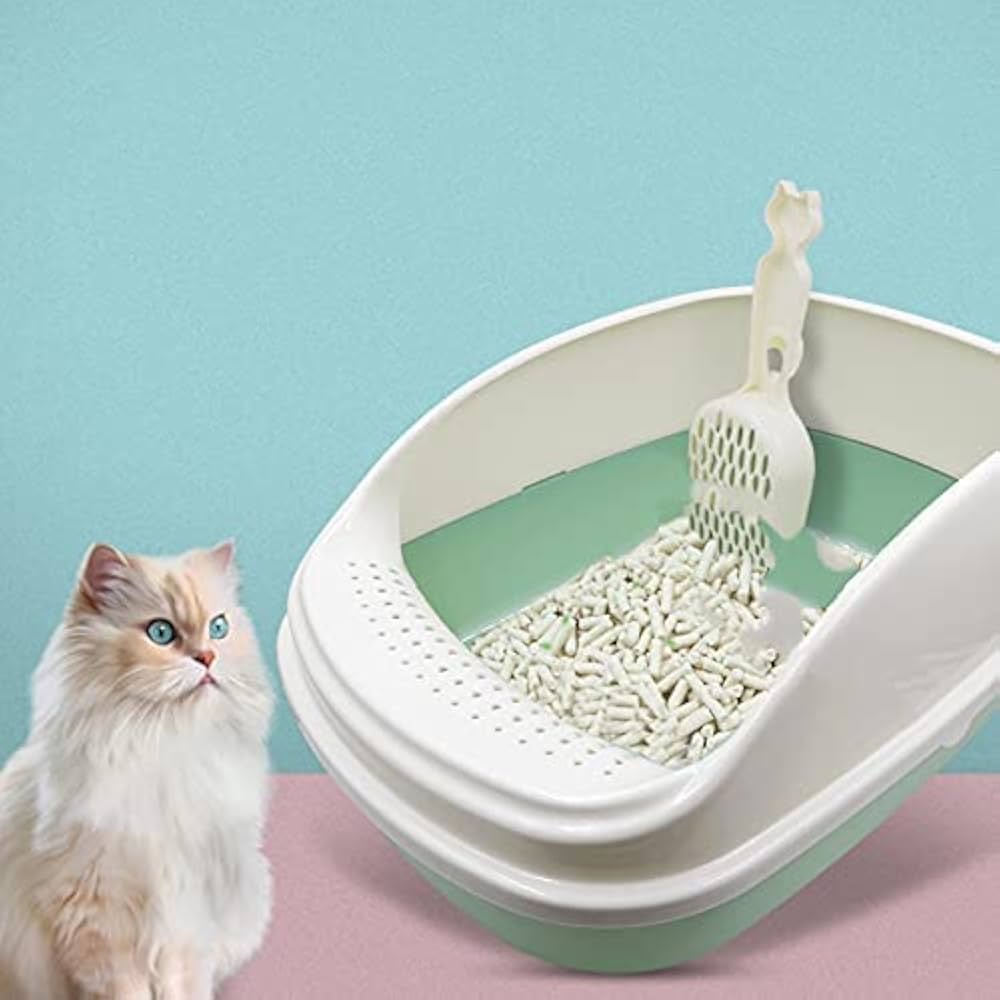
V. Litter Box Maintenance
a. Importance of keeping the litter box clean and accessible
Maintaining a clean and accessible litter box is crucial for a cat’s health and well-being. Cats are naturally clean animals, and a dirty or inaccessible litter box can lead to stress, anxiety, and potentially even health issues. Providing a clean and well-maintained litter box encourages proper elimination habits and fosters a healthy relationship between the cat and their litter box.
b. Proper cleaning and maintenance routines for the litter box
To maintain a clean litter box, it’s important to scoop the box at least once a day, removing any clumps and solid waste. The entire litter should be changed regularly based on the type of litter being used, typically every one to two weeks. The litter box itself should be cleaned with mild soap and water during litter changes to remove any lingering odors or bacteria.
c. Potential consequences of neglecting litter box maintenance
Neglecting litter box maintenance can lead to a variety of issues for both the cat and the cat owner. A dirty litter box may cause the cat to seek out alternative elimination sites, such as carpets or household items. Additionally, neglecting maintenance can lead to the development of odors and bacteria, which can be unpleasant and unsanitary for both the cat and the household.
VI. Training and Corrective Measures
a. Positive reinforcement techniques for encouraging litter box use
Positive reinforcement is a valuable tool for encouraging proper litter box use. When a cat uses the litter box appropriately, they should be praised and rewarded with treats or playtime. This positive association can help reinforce the desired behavior and encourage the cat to continue using the litter box.
b. Strategies for re-training a cat to use the litter box
If a cat is experiencing litter box issues, re-training may be necessary. This can involve confining the cat to a small, easily accessible area with the litter box, gradually expanding their space as they consistently use the box. Additionally, addressing any environmental or health factors contributing to the issue is crucial for successful re-training.
c. Seeking professional help for persistent litter box problems
In some cases, persistent litter box problems may require professional help. A veterinarian can help identify and address any underlying health issues, while a certified cat behaviorist can provide guidance on addressing behavioral and environmental factors contributing to the problem. Seeking professional help is essential for finding effective solutions to persistent litter box issues.
In conclusion, maintaining a clean and accessible litter box, along with using positive reinforcement techniques and seeking professional help when needed, are key components in addressing and resolving litter box problems. With proper care, training, and maintenance, cats can develop and maintain healthy litter box habits, leading to a happier and healthier environment for both the cat and their owner.
